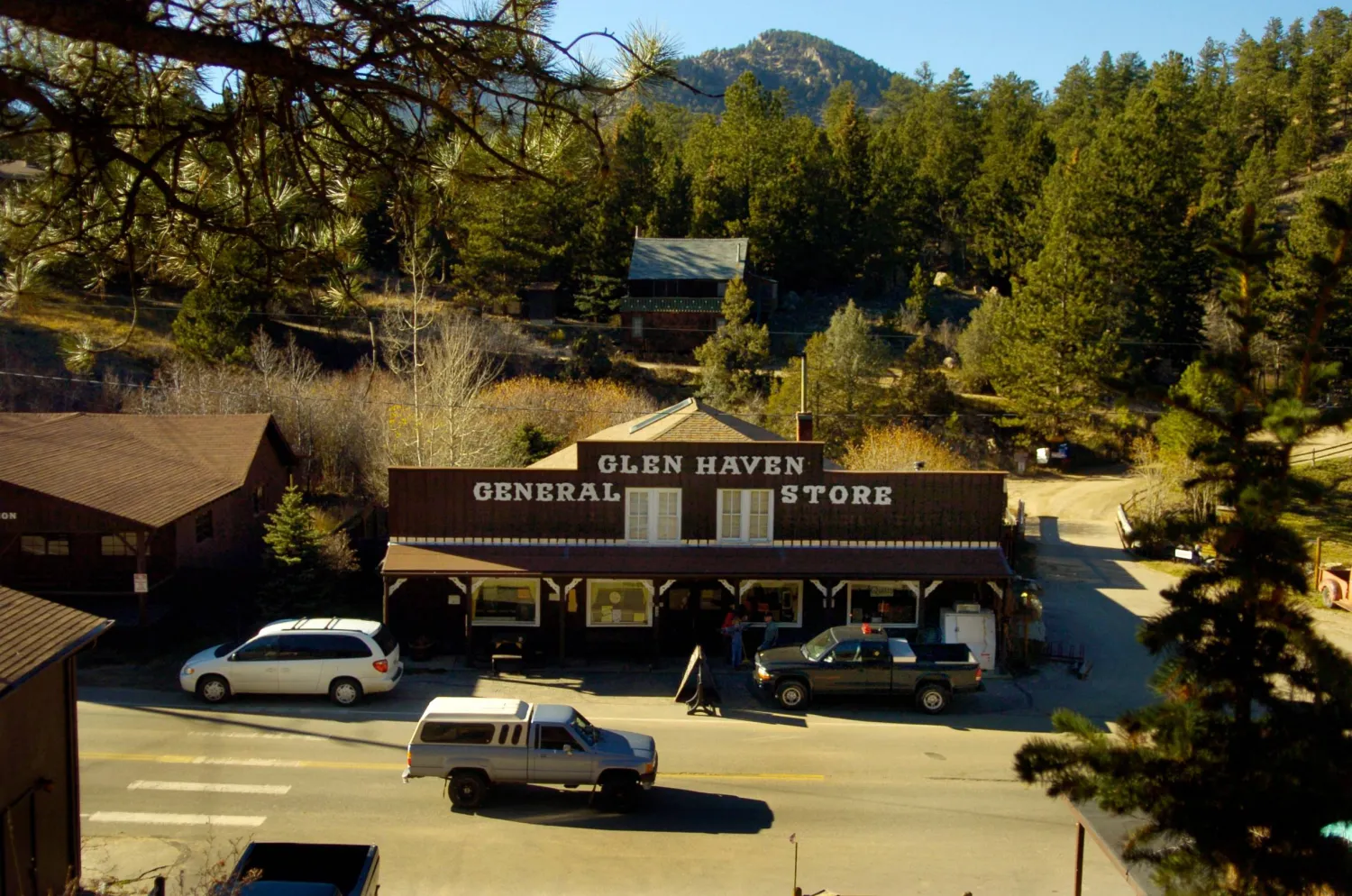Archaeologists in Egypt have unveiled two new artifacts from antiquity, a rare statue of one of the country´s most famous pharaohs and a diminutive ancient sphinx.
Egypt´s Ministry of Antiquities announced that a pink granite statue of celebrated ancient ruler Ramses II was found last week, describing the artifact as "one of the rarest archaeological discoveries."
Mostafa Waziri, secretary-general of the Supreme Council of Antiquities, said the three-and-a-half-foot statue was crafted in a style that ancient Egyptians used to portray and capture an individual´s essential nature, adding that it was the first such statue to be found fashioned from granite.
A hieroglyphic inscription found on the back of the stone bore the name "strong bull," a reference to the king´s "strength and vitality," he added.
The statue, caked in mud, was found on the property of a man arrested earlier this month for carrying out illegal excavations near the ancient pyramids of Giza, according to the ministry statement. It did not say how the statue came to be on the man's property.
"It´s in very good condition," Niveen al-Areef, a spokeswoman for the antiquities ministry, told The Associated Press on Tuesday. "We are now studying its importance and trying to determine its inscriptions."
Ramses II, also known as Ramses the Great, ruled Egypt for around 60 years, from 1279 B.C. to 1213 B.C. He is credited with expanding ancient Egypt´s reach as far as modern Syria to the east and modern Sudan to the south.
Over the weekend, Egyptian archaeologists also unearthed a dwarf limestone sphinx from a ditch in the southern desert province of Minya. At barely over one foot tall, the statue is no match for the towering Great Sphinx at the Pyramids of Giza, but the ministry said its finely carved face, which appears well-preserved, reflects impressive artistic skill and attention to detail.
Egypt frequently touts its archaeological discoveries in hopes of spurring a vital tourism industry that has been reeling from political turmoil following the 2011 popular uprising that toppled longtime autocrat Hosni Mubarak.









